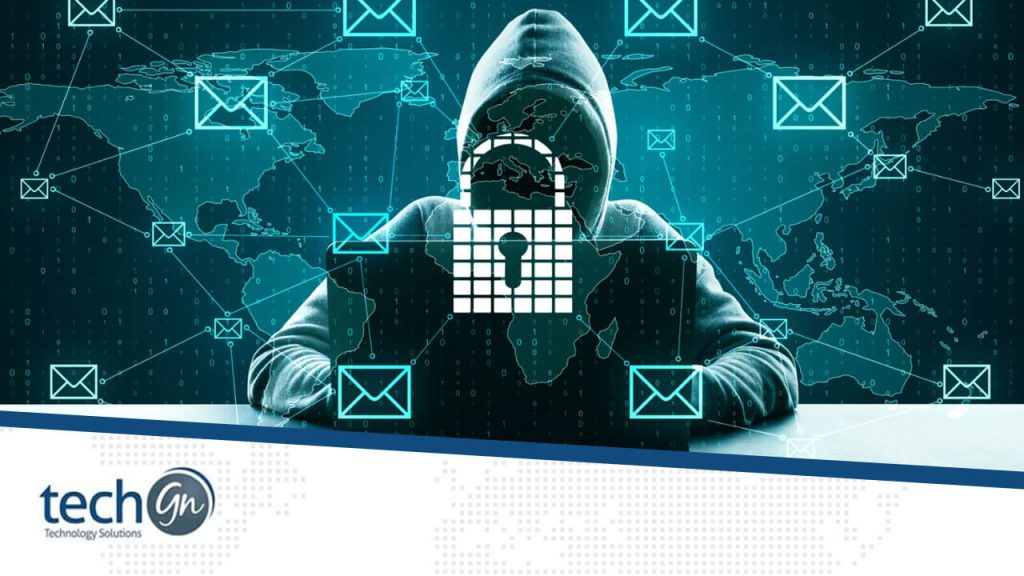The internet has made life easier in many ways—from online shopping to managing your bank account with just a few clicks. But while technology brings convenience, it also brings new risks. One of the most common online threats today is phishing. If you’ve ever received a suspicious email asking for personal information or clicked a strange link that looked official, you’ve likely been targeted by a phishing scam.
In this guide, TechGN breaks down how phishing scams work, how to recognize them, and most importantly, how to protect yourself and your loved ones from falling victim to these online tricks.
What Is a Phishing Scam?
A phishing scam is a type of cyberattack in which a criminal impersonates a trusted source, such as your bank, a government agency, or a well-known company, to trick you into disclosing sensitive information. This might include:
- Your passwords
- Credit card numbers
- Bank account details
- Social Security numbers
- Login credentials
The term “phishing” originates from the concept of “fishing” for information by luring someone with bait. In this case, the bait is a fake message or website.
How Do Phishing Attacks Work?
Most phishing scams start with a deceptive email, text message, or direct message on social media. These messages often appear genuine and utilize logos, email templates, and language that appear legitimate.
The goal is to get you to click a link, download an attachment, or enter your personal information on a fake website. Once they have your info, scammers can:
- Steal your identity
- Empty your bank accounts
- Make purchases using your credit card
- Access your email or work accounts
Common Types of Phishing Scams
Phishing isn’t limited to just emails anymore. Cybercriminals are becoming more creative and sneaky. Here are the most common types you need to know:
1. Email Phishing
This is the most well-known form of phishing. You receive an email that appears to be from a trusted company, often with a subject line like:
- “Important security update”
- “Account suspended—action required”
- “You’ve won a prize!”
The email usually includes a fake link to a login page or a malicious attachment that can install malware.
2. Spear Phishing
Unlike generic phishing, spear phishing is a targeted attack. Scammers customize the email using personal information, such as your name, job title, or company, to make it more convincing.
3. Smishing (SMS Phishing)
This type of phishing happens through text messages. You might get a message saying:
“Your package has been delayed. Click here to reschedule delivery.”
The link will lead to a fake website that steals your data or installs malware.
4. Vishing (Voice Phishing)
In this case, scammers call you pretending to be from your bank, a government agency, or a tech support company. They use fear tactics to convince you to share private information.
5. Social Media Phishing
Scammers send direct messages or create fake profiles to get you to click links or download infected files.
How to Recognize a Phishing Scam
Being aware of the red flags is the first step in protecting yourself. Here’s how to recognize phishing attempts:
Suspicious Sender Email Address
Even if the name looks familiar, check the actual email address. A scammer might use something like:
support@amaz0n-secure.com instead of support@amazon.com
Poor Grammar and Spelling
Many phishing messages come from foreign sources. Watch out for awkward language, misspellings, and odd formatting.
Urgent or Threatening Language
Phrases like “your account will be locked” or “immediate action required” are meant to scare you into acting quickly.
Strange or Unexpected Links
Hover over links (without clicking) to see where they go. If the URL looks suspicious or doesn’t match the sender’s domain, it’s probably fake.
Unusual Attachments
Never download attachments unless you are sure of the source. File types like .exe, .zip, or .scr are red flags.
Real-World Phishing Examples
Here are two phishing examples to show how realistic they can appear:
Fake Bank Alert
You receive an email saying:
“There’s been suspicious activity on your account. Click here to verify your identity.”
The link takes you to a fake website that looks identical to your bank’s login page.
Free Gift Card Scam
A text message says:
“You’ve won a $100 Amazon gift card. Claim your prize here.”
When you click the link, it asks for your credit card info to “verify” your identity—this is a scam.
What to Do If You Spot a Phishing Scam
If you suspect a message or website is a phishing attempt:
Don’t click on any links or attachments
Don’t reply or provide any information
Take a screenshot or save the email
Report it:
- To the company being impersonated
- To your IT department (if at work)
- To the FTC (in the U.S.) at reportfraud.ftc.gov
- To your country’s cybersecurity agency
Delete the email or message after reporting
How to Protect Yourself from Phishing Attacks
Here are practical steps to boost your cybersecurity and stay safe:
Use Strong, Unique Passwords
Avoid using the same password for multiple accounts. Use a password manager to securely keep track of them.
Enable Two-Factor Authentication (2FA)
This adds an extra layer of protection, even if a scammer gets your password.
Stay Informed and Educated
Cybercriminals continually devise new tactics. Follow blogs like TechGN to stay ahead of the curve.
Keep Your Software Updated
Constantly update your browser, email app, and operating system to patch security holes.
Use Anti-Phishing Tools
Install browser extensions or antivirus software that warn you about suspicious websites.
What Businesses Should Know
Phishing scams aren’t just a personal problem—they’re a business threat too. Many data breaches begin with one employee falling victim to a phishing email.
Businesses should:
- Provide phishing awareness training to employees
- Set up spam filters and firewall protections
- Use secure email gateways
- Encourage employees to report suspicious messages
Stay Safe Online with TechGN
At TechGN, we’re dedicated to helping you stay smart and safe in the digital world. Whether you’re a casual user or a business professional, knowing how to recognize phishing scams is a skill that can protect your identity, finances, and peace of mind.
Do you have questions or need help with your online security?
Contact TechGN today for expert advice and tech support tailored to your needs.
Reviews
Tailoring Solutions


